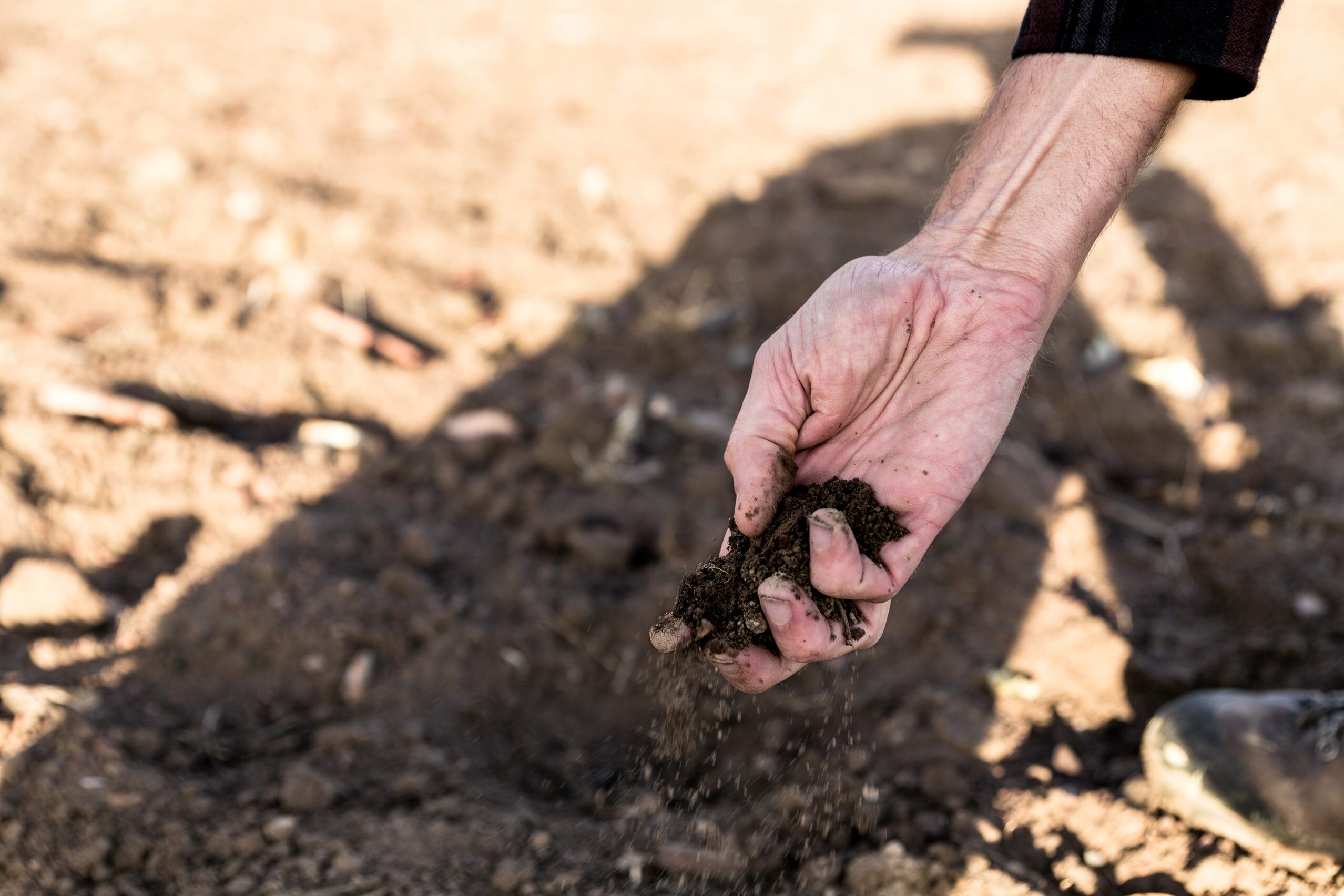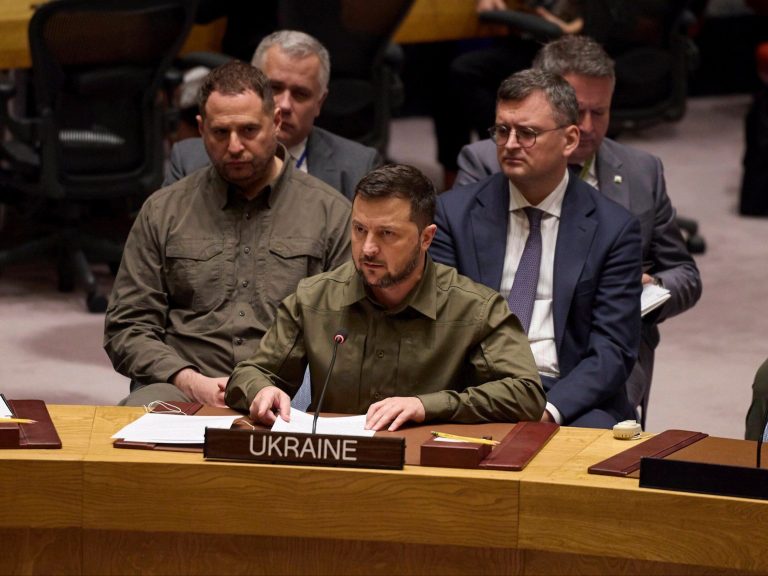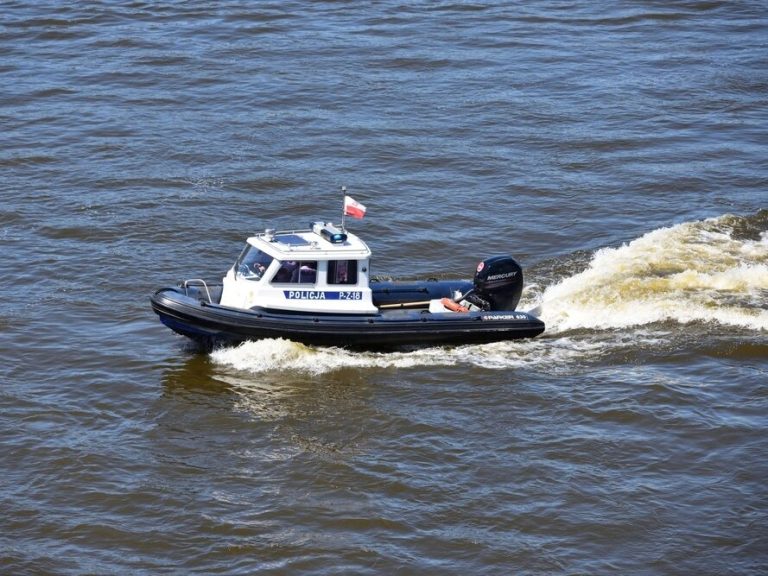Poland is at risk of drought. The crisis will intensify

The greatest water shortages in Poland are recorded in the central belt – from the Lubusz region, through Greater Poland and Mazovia, to the Lublin region and part of the Masurian Lake District. However, experts warn that this area is growing and the drought problem periodically affects other places on the map of Poland.
– We have no influence on the amount of rainfall, but we can counteract the effects of its lack, e.g. with retention reservoirs – emphasizes Sergiusz Kieruzel from Wód Polskie. Programs supporting such investments are launched by subsequent local governments. Farmers can also count on funding. Success also requires public education on how to save water.
– Last year, about 10-12 percent. communes had very serious problems with water shortages, and alarm states were declared in over 300 communes due to water shortages – says Sergiusz Kieruzel, director of the Office of the President of the State Water Management Company Wody Polskie, to the Newseria Biznes agency. – Unfortunately, the area affected by drought is increasing. Until recently, these were certain points on the map of central Poland, now it is actually all of central Poland, but also parts of voivodeships located by the sea, e.g. in West Pomerania, i.e. where drought has always been less severe.
It’s similar in the mountains. It is true that the sum of rainfall there is the highest in Poland (the average annual sum of rainfall is over 1.7 thousand mm per square meter), but there are also areas there, e.g. in Podkarpacie, in the northern part of Małopolska, where soil drought already occurs.
– The whole of Poland is affected by very low river water levels. This is the so-called hydrological drought. In particular, areas in the Noteć Valley, Narew Valley and Warta Valley, where water levels are very low, are also areas affected by drought – adds Kieruzel.
Rainfall deficiencies
According to the Institute of Meteorology and Water Management – National Research Institute, last summer brought significant shortages of precipitation, extremely high air temperatures and a decline in water levels in rivers. This was especially noticeable in June. In July, the situation was no better – apart from heavy rains in Masovia, Podlasie and the Lublin region, which even led to local flooding, there was a drought. The average July rainfall in Poland was 69%. norms. August was very diverse in terms of rainfall in individual regions of the country. Although the average rainfall in Poland for this month was close to the norm (91%), in the south-eastern and southern voivodeships (due to heavy rains in the second decade of August) it significantly exceeded this norm. In turn, significant moisture deficiencies were recorded in the central belt (74-24% of the norm).
A warm and snowless winter contributes to soil drought. Soil moisture data in mid-January this year. indicate that it is very low – below 40%, and in some places even 35%. Although the situation improved in the following weeks, IMWM experts emphasize that in order for water resources from last year’s drought to be restored, it should drizzle continuously for 60 days. The lack of rainfall contributed to the fact that in January, intense atmospheric and agricultural drought was recorded in Kujawy, West Pomeranian Voivodeship, Pomeranian Voivodeship, Greater Poland Voivodeship and parts of the Łódź Voivodeship and Warmian-Masurian Voivodeship.
Sergiusz Kieruzel emphasizes that although humans have no direct influence on atmospheric phenomena, the effects of lack of rainfall can be counteracted. PGW Wody Polskie will allocate approximately PLN 400 million for activities aimed at combating the effects of drought and floods.
– As in the case of floods, it is possible to mitigate the effects of drought. Mostly, these issues are interconnected, he notes. – Firstly, retention, both at the household level, and field retention at the local level, and finally, the construction of large retention reservoirs that will collect water during heavy rain and protect against flooding. In turn, during drought, the water supply will improve the water balance and protect against the effects of water shortages.
Financial support for investments in retention reservoirs
More and more local governments are undertaking this type of initiatives. They offer financial support for investments in retention tanks and rainwater collection. Examples include the following programs: Warsaw catches water, Łódź Rainwater – collecting rainwater, Wrocław Catch the rain, Po(d)le the rain in Sosnowiec. Such support is very important because Poland is at the bottom of the EU countries in terms of water storage.
As the expert emphasizes, 30-40 years ago “catching” rainwater was quite a common practice, and the water collected in this way was used, for example, to water the garden. Currently, plot owners use water from municipal waterworks.
– In many African or Asian countries, watering a garden with clean and healthy drinking water would be perceived with surprise, and maybe even anger, because of its waste – notes Sergiusz Kieruzel. – Public knowledge and education are needed so that people know how to save water and, above all, how not to waste it.
Allotment gardeners should also switch to plants that require less water.
– That’s why we highly recommend the Flower Meadows program, i.e. sowing herbs and flowers that do not need to be mowed often and that retain moisture in the soil, and also look and smell nice – says Sergiusz Kieruzel. – It is also advisable to recreate natural water reservoirs – ponds, ponds, field forests, wetlands that store water in the soil.
From February 21, farmers can apply to the Agency for Restructuring and Modernization of Agriculture for co-financing of investments in the area of irrigation. These may include, among others: construction of wells and tanks and purchase of machines and devices for abstraction, storage, treatment, recovery or distribution of water, irrigation installations and irrigation control systems.






